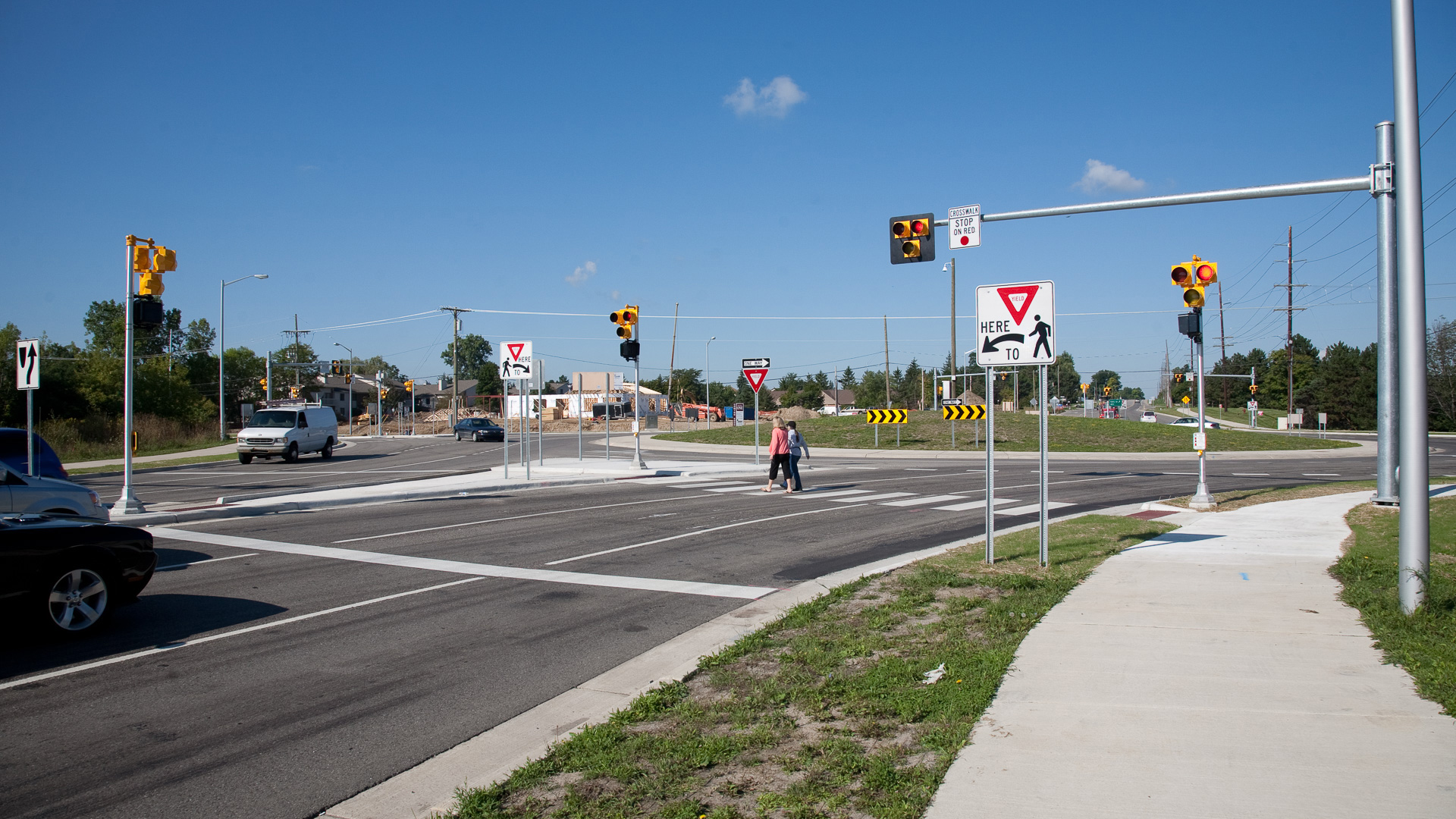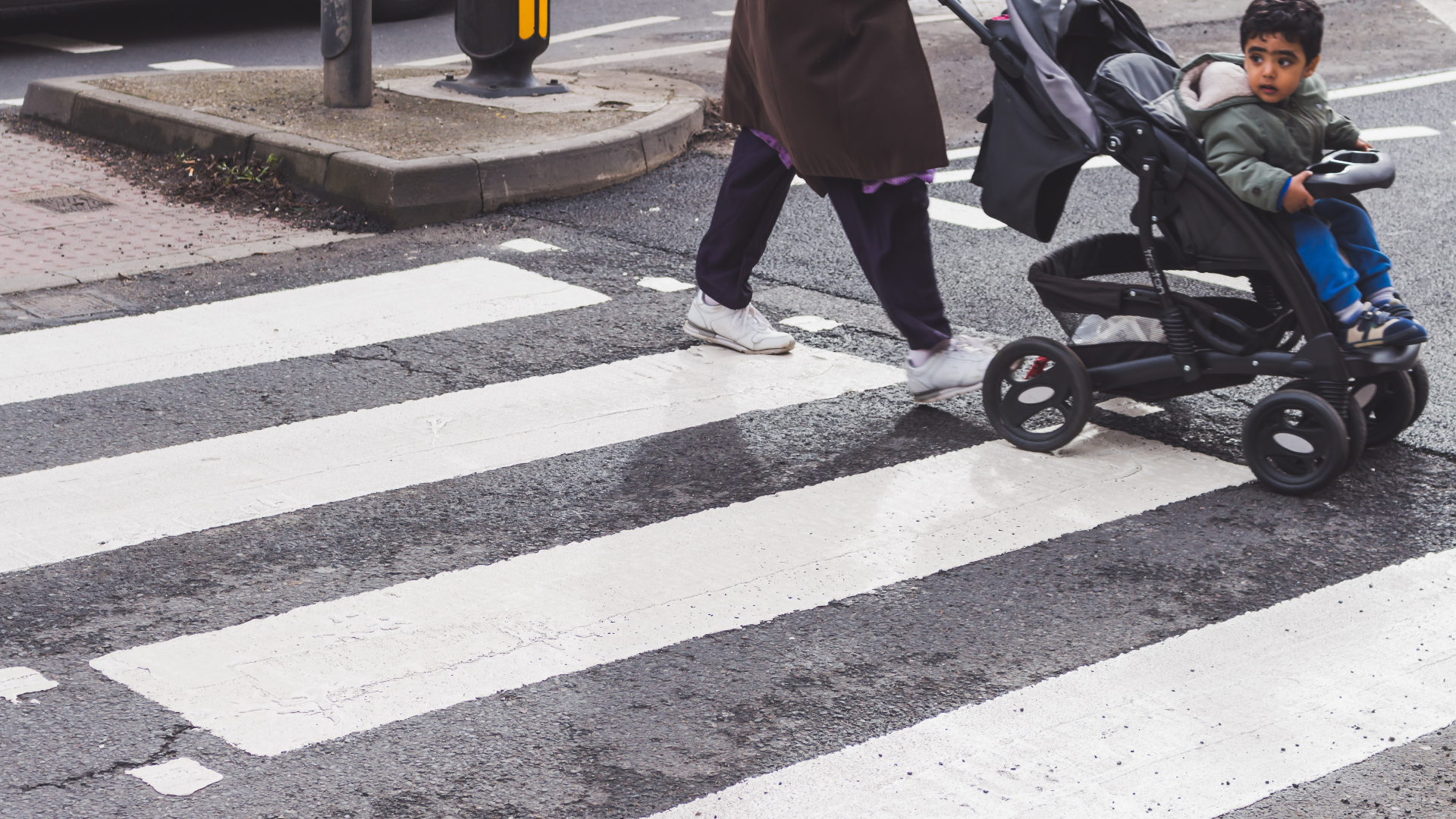Challenge
Determining the lengths of yellow and red lights at signalized intersections—also known as “yellow change and red clearance intervals (CCI)”—is critical for moving traffic through an intersection safely and with the least delay possible. Yet, as of now there is no agreed-upon method to calculate CCI given the sheer number of intersection configurations and local traffic practices. The Federal Highway Administration (FHWA) wanted to identify a strategy for research that could improve our understanding of how humans interact with CCIs. FHWA also wanted this research to address standing concerns about the Extended Kinematic Equation, which many practitioners presently use to calculate intersection CCI.
Solution
Kittelson is collaborating with FHWA and its more than 20 research partners to address these CCI questions. Acting as a sub to Leidos, Kittelson is working with Iowa State University, the University of Pittsburgh, and the University of Texas at Arlington to perform several investigations into different aspects of CCI.
Burak Cesme serves as the co-principal investigator for the research team. The team is working to develop safety models that can evaluate and predict the effects of the change in the average frequency of crashes as a function of change and clearance intervals, intersection leg geometry, and leg traffic control.
This research will develop safety risk function, surrogate safety measures, and efficiency cost function to evaluate how varying yellow and red CCIs impact intersection performance. The Kittelson team also will explore the feasibility of an alternative red-clearance interval scheme that can improve efficiency for certain intersection types.
The Outcome
Enhancing Intersection Safety Through Yellow and Red Clearance Research
The insights from this study will inform strategies to enhance intersection safety, which will in turn reduce the likelihood of crashes and improve traffic flow. They will also aim to create safer, more predictable driving environments, benefiting people by reducing the risk of accidents and delays and fostering stronger, more connected communities through reliable transportation systems.



